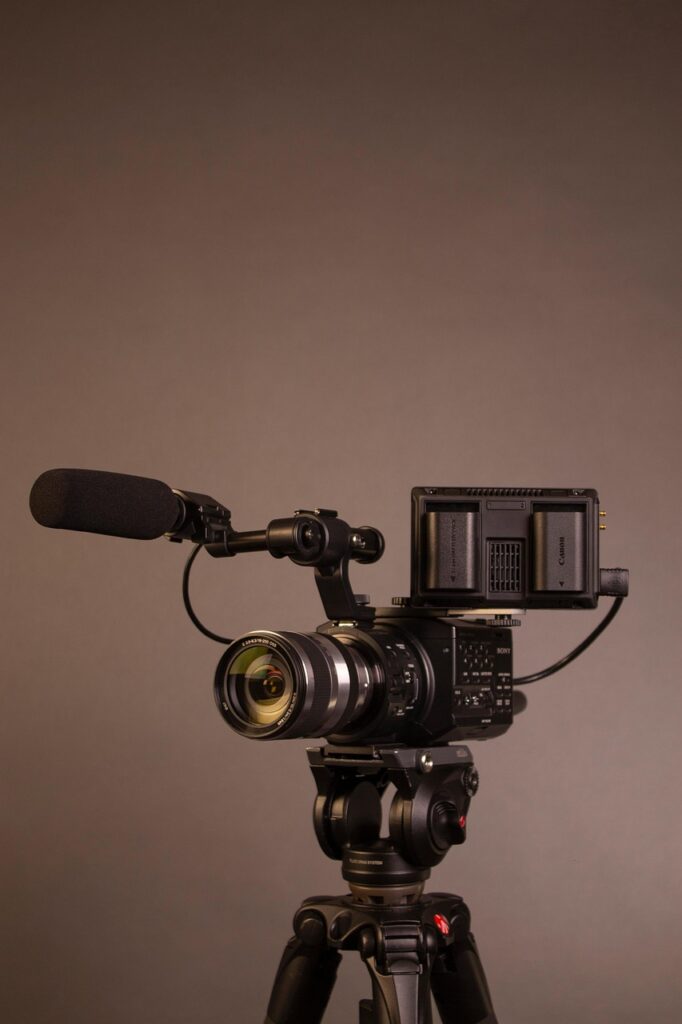Video has become one of the most powerful tools in modern business communication. Whether it’s for marketing, training, internal messaging, or brand storytelling, companies are increasingly turning to video content to engage audiences and convey complex information with clarity and impact. But what’s making this possible at scale is the rapid evolution of technology.
From artificial intelligence (AI) to cloud-based editing platforms, recent advancements are streamlining the video production process, improving visual quality, and opening new creative possibilities. Businesses that adopt these innovations can stay ahead of the competition, save time and resources, and deliver more compelling content across all platforms. Here’s a closer look at the top tech innovations revolutionizing business video production, and what they mean for your brand’s communication strategy.
AI-Driven Tools Transforming Script to Screen
Artificial intelligence is reshaping nearly every aspect of video production, from pre-production planning to post-production polish. In the scripting phase, AI tools can now assist with generating outlines, writing dialogue, and even recommending optimal video lengths based on audience behavior and platform requirements.
In editing, AI can automate mundane and time-consuming tasks such as cutting dead space, stabilizing shaky footage, or color correcting scenes. AI plays a role in sound design, with tools that clean up background noise or balance audio levels with minimal human input.
Businesses that need to scale video production without a large team can use AI-generated voices and virtual presenters that look and sound lifelike, saving hours of production time. Pairing these tools with professional video services ensures that businesses benefit from automation and maintain high-quality creative direction, storytelling, and brand consistency that only experienced producers can offer.

AI voiceovers and avatars are gaining popularity, particularly for explainer videos or multilingual content.
Cloud Collaboration for Faster Turnarounds
Cloud technology is enabling remote teams to work together more effectively than ever before. Traditional video workflows often involved passing large files between departments or contractors, leading to delays and version control issues. Today, cloud-based editing platforms like Frame.io, Adobe Team Projects, and Canva Video allow for real-time collaboration among producers, editors, and clients.
Stakeholders can review footage, leave time-stamped comments, approve changes, and even upload assets from different locations. This drastically reduces turnaround time and ensures that feedback loops are tight and productive.
For businesses, this means video projects can be completed faster, with fewer bottlenecks and clearer communication. Cloud storage ensures that raw footage and project files are safe and accessible, which is vital for long-term content management and repurposing.
4K and 8K Capture and Delivery
High-resolution video has become the standard, even for digital platforms. While 1080p is still widely used, 4K and even 8K video offer superior clarity, color depth, and detail, qualities that are especially important for product videos, commercials, and virtual events.
The rise of high-resolution video is largely due to advances in camera technology. Today’s cameras are smaller, smarter, and more affordable, making cinematic production quality accessible to businesses of all sizes. Drone footage, gimbals, and mirrorless cameras equipped with 4K and HDR capabilities give brands the ability to create visually stunning content without a Hollywood-sized budget.
Virtual Production and Extended Reality (XR)
Virtual production is a breakthrough approach that combines physical and digital environments in real time. Using LED walls and real-time rendering engines (like Unreal Engine), businesses can create immersive backdrops without ever leaving the studio. This is especially useful for corporate messaging, product showcases, or events where travel or logistics would otherwise be limiting.
Extended reality—an umbrella term that includes augmented reality (AR), virtual reality (VR), and mixed reality (MR)—is making its way into business videos. Imagine showcasing your product in a 3D virtual space or giving clients a guided tour of your facility without requiring them to leave their office. XR tools are opening new dimensions of engagement and storytelling.
Advanced Analytics for Smarter Content
Creating great video is only half the battle. Understanding how it performs is just as crucial. Fortunately, analytics tools are getting more sophisticated, helping businesses gauge viewer engagement, drop-off points, and conversion rates with high accuracy.

Platforms like Wistia, Vidyard, and YouTube Analytics allow you to see how long viewers are watching, which parts they rewatch or skip, and what actions they take after viewing. This data can inform future content strategies, optimize ad placement, and guide scriptwriting and editing decisions.
Mobile and Vertical Optimization
With mobile devices accounting for over half of global video views, optimizing content for smartphones is no longer optional. Vertical and square formats are quickly becoming the default for platforms like TikTok, Instagram Reels, and YouTube Shorts. New editing tools make it easier to repurpose widescreen footage into mobile-friendly formats without losing impact. This allows businesses to maximize their content reach and maintain visual consistency across platforms.
By embracing these tools and combining them with expert creative direction, businesses can stay ahead of the curve, engage their audiences more effectively, and elevate their brand through high-quality, future-ready content. As technology continues to evolve, those who innovate will lead, not just in how they produce content, but in how they connect with the world.
